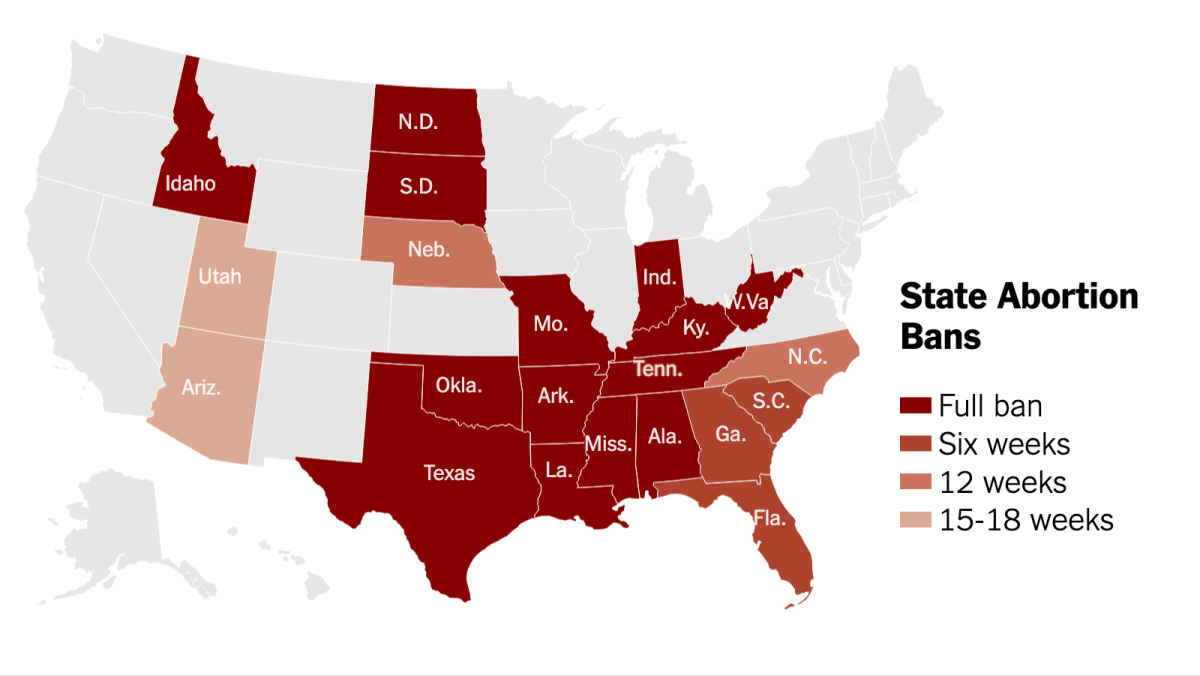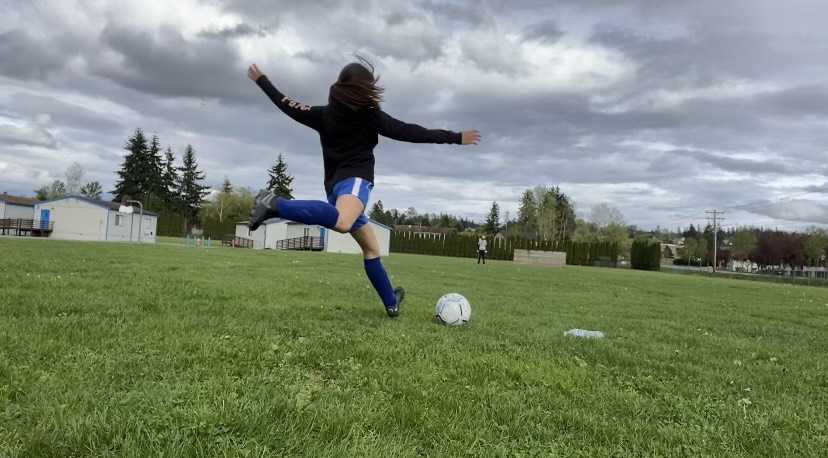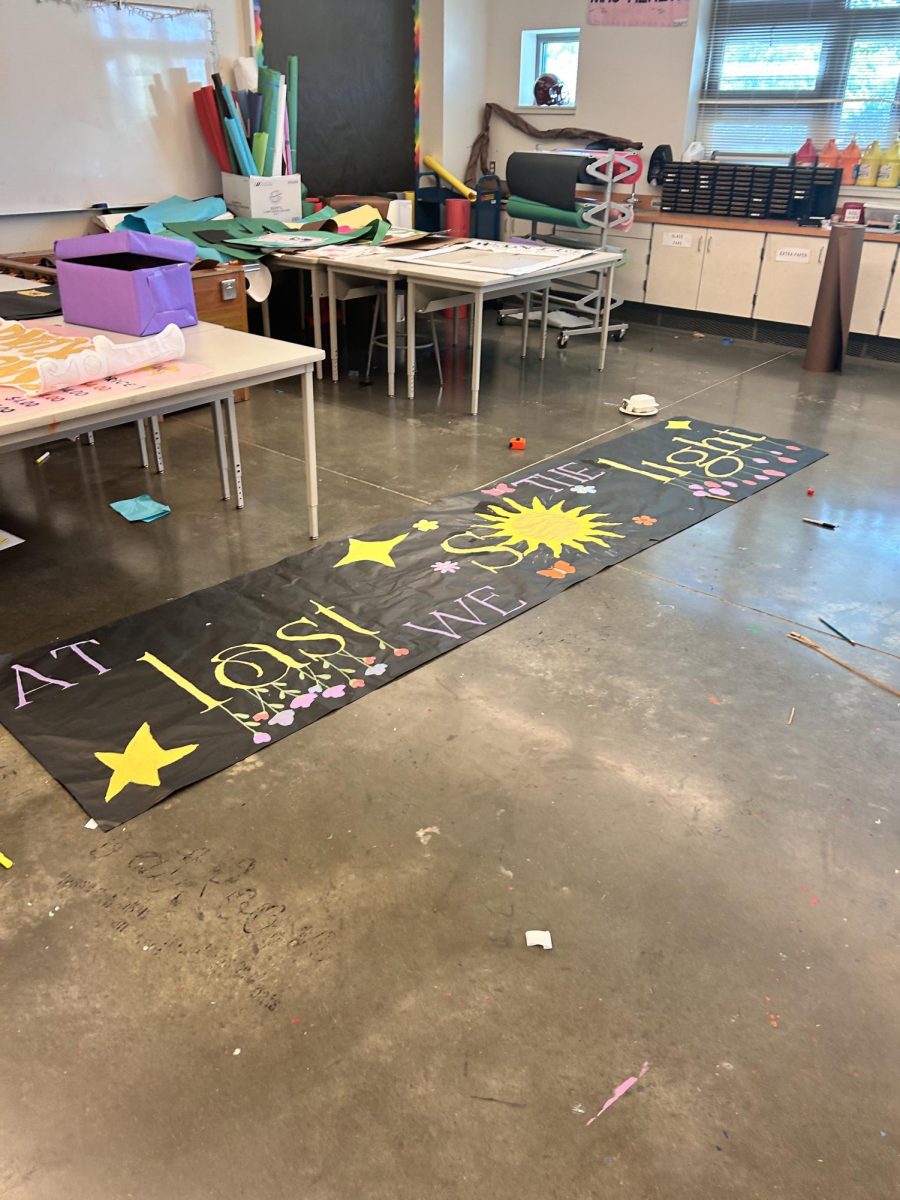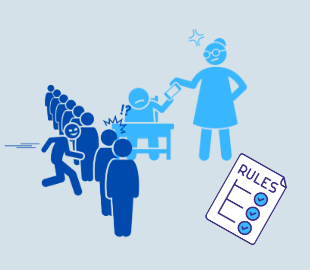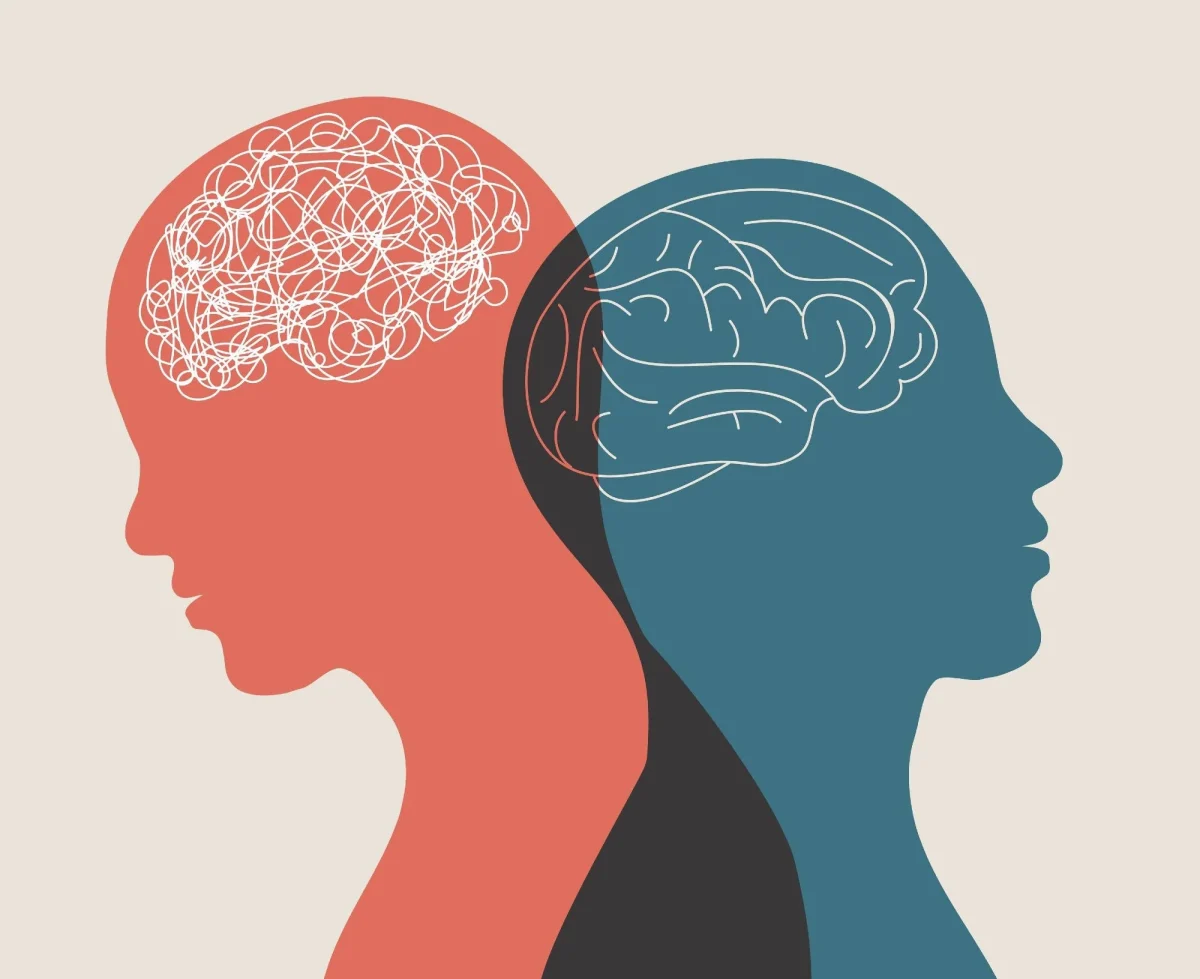As we enter the month of May, we also enter Mental Health Awareness month. The world keeps ticking along to life–and as it moves, the amount of teenagers around the U.S with poor mental health increases. The percentage of adolescence with degrading mental health gets higher every year, and it shows no signs of stopping. Some brush off the importance of mental health, but they can only avoid it for so long.
Thankfully, the public’s understanding of mental health has grown as well. Decades ago, feeling depressed or suicidal was not taken seriously; recently, however, the main reason that the public has sought to understand the issue is because it has become too glaringly obvious to ignore. As we are approaching the end of 2024, the overall quality of mental health has changed. A study was conducted by the CDC on youth risk behavior from 2011-2021. For a decade, the CDC surveyed the American student body, and in the mental health section it showed the worrying percentage of teenagers experiencing feelings of depression. In 2021, only 3 years ago, the amount of students that felt the motions of depression was 4 in 10. 42% of the minors had experienced that numb feeling of hopelessness persistently. 22% had seriously considered taking their lives. These statistics are a worrying spotlight onto the mental health problem that’s been growing in teenagers for decades. The prominence of mental health awareness in public media has grown, but still many brush off the importance of it. That ignorance leads to these percentages rising, because if students are made to believe they are overreacting, they wont know when to get help. It may ultimately cause them to underestimate their mental state.
In these surveys, there were groups of people with a higher percentage of experiencing poor mental health. In 2021, almost half of the LGBTQ+ students they had studied had come close to attempting suicide, or had already attempted. 42% of LGBTQ+ students had thought of attempting suicide, a result of bullying/harassment because of their sexual orientation. It’s not something they can get rid of, so when others exclude them because of something they can’t change; they will think something is wrong with them. According to the survey, black students are more likely to attempt to take their own lives than other ethnicities. With so many prejudices that are deeply rooted in the U.S’s soil, those who are on the receiving end experience worsening mental health. Racism, homophobia, misogyny, etc. Suicide is common among the groups targeted by those prejudices.
So, with this rise of poor mental health in American students, we must ask the question of how to stop it. Many students can be affected by their parents, or the lack thereof. It can be a traumatic experience that affects their thinking. Physical abuse, mental abuse, sexual abuse; they all can so dramatically change the way people process things. Even if they experience it at a young age with no recollection at all, it still has a huge impact on their development and perception of the world around them. Being neglected as a child can create a sense of worthlessness, or losing someone close can consume them with grief. Luckily, as society has become more aware, schools and families are utilizing strategies to help the teenagers experiencing harmful thoughts and behaviors.
Ways that schools can attempt to help is trying to help students cope after experiencing something horrible, and creating safe environments for those who need it. For families, being able to build up a level of trust and openness can make your child feel safe enough to confide in you. It is so important to be able to talk to parents without receiving a negative or indifferent reaction. If children can’t trust their guardians who can actually get them help, they won’t ever be able to achieve that. People are not so willing to accept change, especially when change goes against the things they were taught. Your views are taught to you, either by your elders or the world itself; including ignorance. So many families are affected by the ignorance taught to them as children, which makes being able to learn from mistakes of the past so significant to the development of a child. If this problem is not solved and parents remain willingly unaware, a strained relationship is guaranteed. Worst case scenario, they may end up paying for a hospital bill or a funeral service.
So, with studies showing the increase of mental health problems in American youth, communities are finally making attempts to change things. Many school districts are finally implementing strategies to attempt to combat this epidemic, even if its effects are not noticeable now. The only way to really cause that shift that we so desperately need is to try harder. To try harder with more persistence and resilience. Even if it’s so easy to slide back into old ways, that is what makes change so fulfilling. The world continues its march to the beat of life, and it is the responsibility of its inhabitants to keep the beat of life alive and well. Human beings are capable of overcoming many problems, and the crisis of mental health is no exception. Time is fleeting, especially the time given for this change. This means that if this epidemic is tackled head on right now, possibilities open up for the youth of this world. Afterall, the adolescence of this world is it and humanity’s future.
